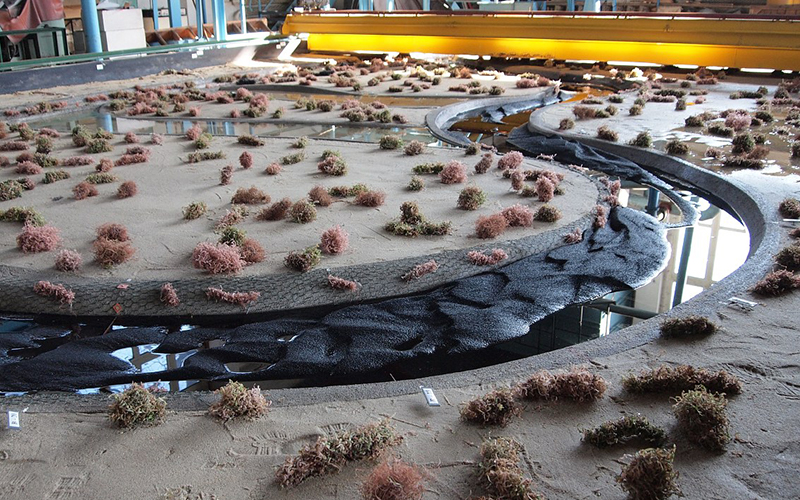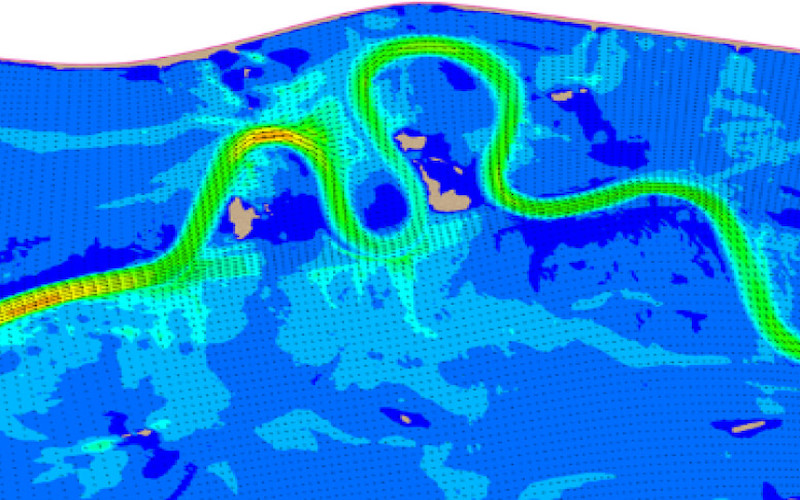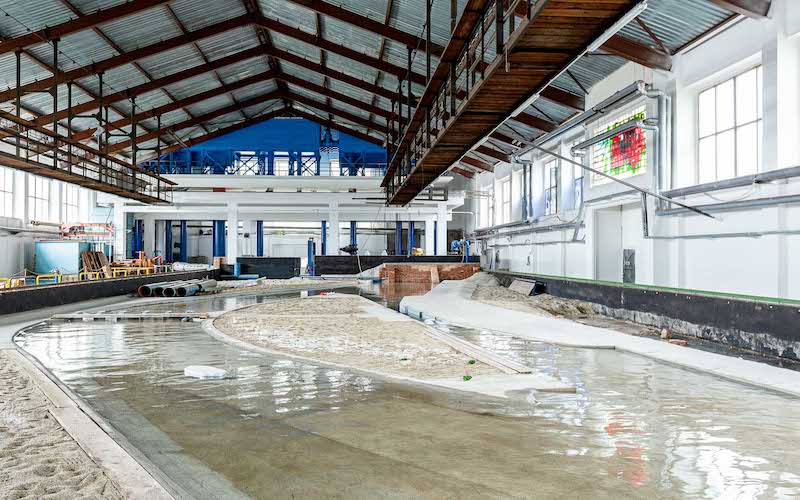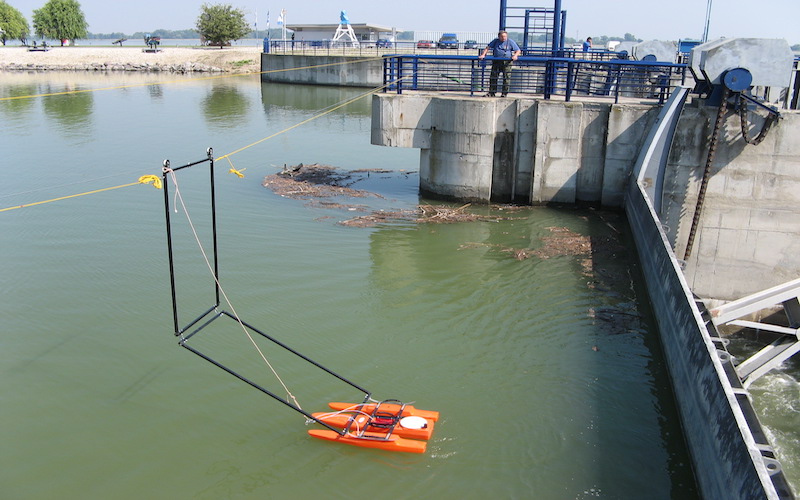Hydraulic research on river systems. Physical (3D) and numerical models (1D, 2D) are used to investigate the flow and sedimentary conditions within river systems influenced by human interventions and also by various water uses. We also perform field surveys and specific measurements on hydraulic structures and open channels to evaluate their hydraulic characteristics, and to propose restoration measures for ensuring improved hydraulic conditions. We also use numerical models to estimate the flood capacity of river channels/floodplains and to evaluate the current level of flood protection. Flow conditions and channel morphology are investigated with the aim of identifying the critical river sections and proposing effective measures that ensure prerequisite conditions for navigation. A methodology for ecological/environmental flows has also been developed for regulated rivers.


Flood simulations enable us to produce flood maps of areas that are vulnerable to flooding, and to determine the extent of flood damage. Simulations of flood transformation through river channels, water reservoirs and dry reservoirs provide a basis for the design of effective flood protection and retention measures in river basins. We introduce revised operating manuals for the proper running of hydraulic engineering facilities. Ice phenomena (such as ice jams in river channels) are studied and analysed on physical models built in our Hydraulic Laboratory.
Hydraulic research on river structures built in river channels and river basins. Hydraulic research on various water engineering structures (dams, hydropower plants, reservoirs, cascades, fishways/nature-like fishways, navigation locks, culverts, bridges, spillways, flood barriers and weirs) is also conducted in our Hydraulic Laboratory. The flow conditions and properties of engineering structures, including their safety, are analysed together with numerical models. Through research into the safety of Slovak dams’ spillways, we verify and re-establish the capacity and functionality of such structures, and propose appropriate measures to enhance their safety.


We calibrate and calculate the capacity curves of hydraulic engineering structures by using models to assess their safety/efficiency, and design effective solutions. Our extensive hydraulic research into functional fish ladders resulted in a new method for the proper design of such ladders. We reassess the operation and water balance of reservoirs in order to optimise water management. We determine the flow capacity of hydraulic engineering structures in relation to dam-break wave propagation. We propose outflow management for river systems and reservoirs during floods, droughts, and under normal hydrological conditions.